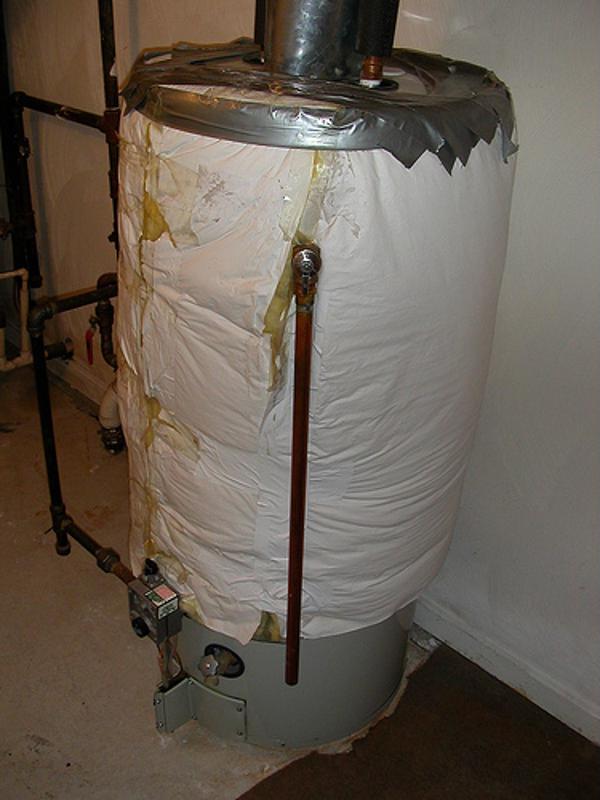Do you have enough patience to maintain an old water heater?
When it comes to choosing between electric tankless water heaters and storage tank units, many customers focus on the sticker price. It's true that the old technology of storage heaters may cost less up front, but what about the bills you'll be paying when that new heater is 10 or 15 years old? Odds are it won't be nearly as efficient as the day you bought it, but do you have the stomach for the complex fixes storage heaters require just to save a few bucks?
As a homeowner, you may feel like you're always rushing to plug one leak or put out another fire around the house, but there are some energy saving tips for your old water heater that might not be worth it. If you don't have the do-it-yourself expertise or lack the patience for convoluted home improvement projects, it might be a better idea to skip all the busywork and buy an electric tankless water heater today.

Pinching every penny
Storage-type water heaters were nothing short of a miracle when they first arrived on the scene, but modern units inspire much less awe in homeowners – especially if the heaters are more than a decade old. This Old House explained that everything from the heating element to the tank walls can erode over time, leaving you with a heater that wastes more heat than it puts into the water.
But if you style yourself a self-made DIYer, you might think you can get your old storage heater back into mint condition with little effort. However, House Logic outlined the numerous steps of just one possible "fix" for your energy-guzzling storage heater:
- Measure water temperature at faucet furthest from heater
- Mark the temperature on the heater's thermostat
- Based on the two readings, tick the thermostat up or down depending on the difference
- Wait 2 or more hours
- Measure water temperature at the same faucet as before
- Adjust your earlier thermostat mark
- Repeat until you find a happy medium.
This isn't the easiest or clearest process, and it only gets harder if your heater has a thermostat without a numbered scale. You'll really have to trust your inner Bob Vila to find that sweet spot – otherwise, you might make your storage heater even less energy efficient.
"You could buy a new storage heater, but that'll just leave you in the same position a few years down the road."
Looking for solutions
So you need a frugal way to heat your home's water, but you don't have the time, patience or know how to fix your old storage unit. You could buy a new version of your heater, but that'll just leave you in the same position a few years down the road.
Fortunately, electric tankless water heaters combine the best of both worlds of energy efficiency and reliability. With a superconducting heating element, these suitcase-sized heaters only draw power when you turn on the faucet or shower, giving you direct control over how much hot water your home uses at all times. Due to their size and portability, tankless heaters don't have to be tucked away in a dark corner of your basement – in fact, you can even attach them to the underside of a sink for instantaneous hot water whenever you need it.
The sooner you switch to an electric tankless water heater, the more savings you can build up from not having a constant energy-sucking storage heater in your home. You can take a crack at fixing the problem, but that'll only show you how easy and painless operating a tankless heater is. Take back control of your hot water and your utility bills and go tankless today.
